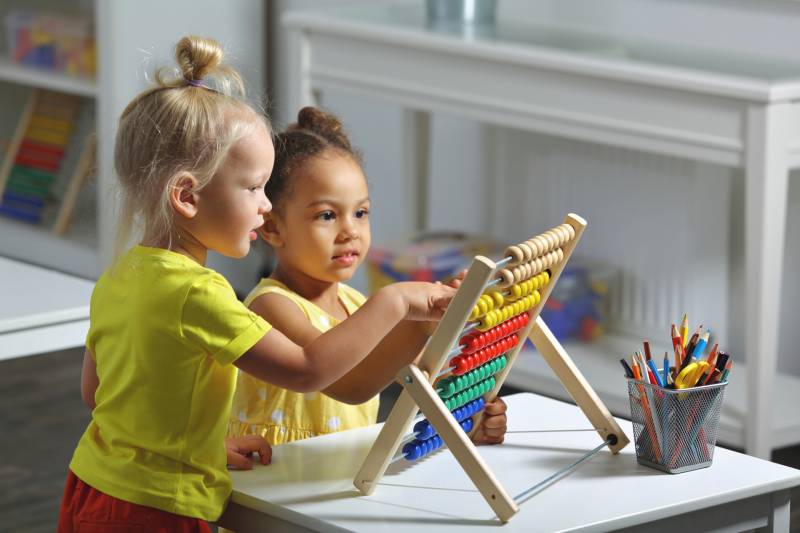The research on early childhood education can seem as messy as a playground sandbox. Some studies show that preschool produces remarkable academic and social benefits for low-income children, and some don’t. One 2022 study found that children who went to preschool in Tennessee ended up worse off, on average, than those who stayed home. Even among success stories, the benefits of preschool can be fleeting. Children who didn’t go to preschool still learn their letters and catch up. By third grade, the gap between those with and without preschool often disappears.
But a more coherent story is taking shape with the latest 15-year milestone of a large, long-term study of 4,000 children who attended Tulsa, Oklahoma’s preschool program. In 1998, Oklahoma became the first state to offer free public prekindergarten for all four-year-olds. Tulsa’s program was heralded for being well run and well funded, with an expenditure that would be the equivalent of $12,000 per child in today’s dollars. Researchers studied the children who attended in 2005-06 and saw an immediate academic bang, followed by disappointments. Children without preschool managed to catch up to those who went to preschool. But in high school, an advantage for the preschoolers re-emerged. They were taking harder classes and more of them were graduating high school on time.
In the latest study, published in January 2023, children who went to preschool were far more likely to go to college within a couple years of graduating high school.
“Don’t give up on the protagonist until the story is told,” said William Gormley, a professor of government and public policy at Georgetown University and co-director of its Center for Research on Children in the United States, which has overseen much of the Tulsa research. “This is a classic story of a big bounce from pre-K in the short run, followed by disappointing fade out in standardized test scores in the median run, followed by all sorts of intriguing, positive effects in the longer run, and culminating in truly stunning positive effects on college enrollment.”
Earlier research has also found long-term benefits from preschool. Studies of the Perry preschool in Ypsilanti, Michigan and the Abecedarian preschool in Chapel Hill, North Carolina documented higher levels of educational attainment and higher earnings for children who attended. But those were tiny preschool programs for low-income children dating back to the 1960s and 1970s. A more recent study published in 2018 of low-income preschool centers in Chicago linked attendance in the 1980s to higher rates of earning college degrees 30 years later.


